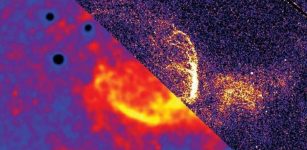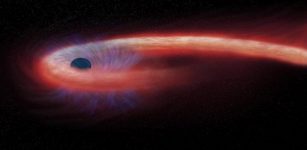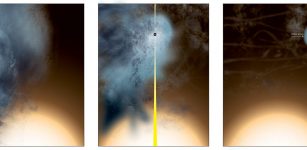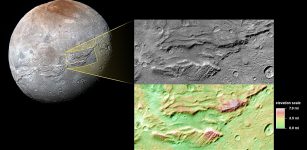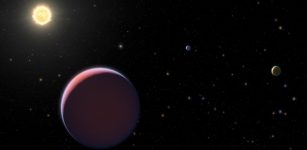Strong Evidence Supports Jupiter’s Moon Europa Subsurface Water
MessageToEagle.com – Researchers led by Xianzhe Jia, a space physicist at the University of Michigan in Ann Arbor re-examined data collected by NASA’s Galileo spacecraft in 1997 to find out whether Jupiter’s moon Europa has the ingredients to support life.
The results bring evidence that the moon’s subsurface liquid water reservoir may be venting plumes of water vapor above its icy shell.
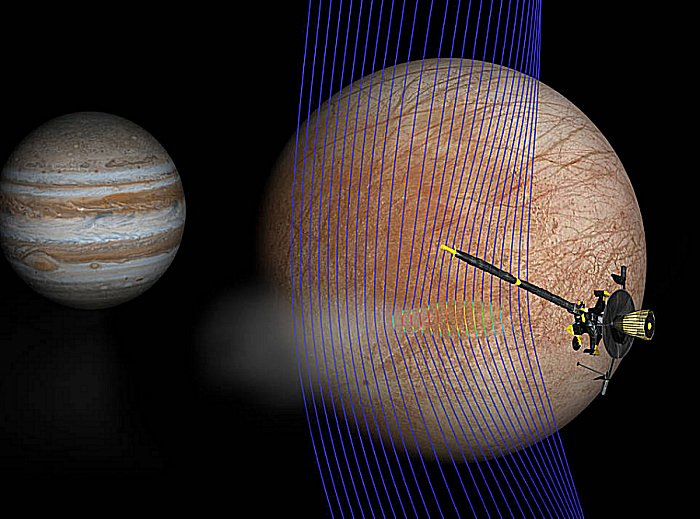
Previous ultraviolet images from NASA’s Hubble Space Telescope in 2012 suggested the presence of plumes, but this new analysis used data collected much closer to the source and is considered strong, corroborating support for plumes.
“The data were there, but we needed sophisticated modeling to make sense of the observation,” Jia said in a press release.
Jia’s team was inspired to dive back into the Galileo data by Melissa McGrath of the SETI Institute in Mountain View, California. A member of the Europa Clipper science team, McGrath delivered a presentation to fellow team scientists, highlighting other Hubble observations of Europa.
At the time of the 1997 flyby, about 124 miles (200 kilometers) above Europa’s surface, the Galileo team didn’t suspect the spacecraft might be grazing a plume erupting from the icy moon
When they examined the information gathered during that flyby 21 years ago, sure enough, high-resolution magnetometer data showed something strange. Drawing on what scientists learned from exploring plumes on Saturn’s moon Enceladus — that material in plumes becomes ionized and leaves a characteristic blip in the magnetic field — they knew what to look for. And there it was on Europa –- a brief, localized bend in the magnetic field that had never been explained.
The result that emerged, with a simulated plume, was a match to the magnetic field and plasma signatures the team pulled from the Galileo data.
“There now seem to be too many lines of evidence to dismiss plumes at Europa,” said Robert Pappalardo, Europa Clipper project scientist at NASA’s Jet Propulsion Laboratory (JPL) in Pasadena, California. “This result makes the plumes seem to be much more real and, for me, is a tipping point. These are no longer uncertain blips on a faraway image.”
The findings are good news for the Europa Clipper mission, which may launch as early as June 2022. From its orbit of Jupiter, Europa Clipper will sail close by the moon in rapid, low-altitude flybys.
“If plumes exist, and we can directly sample what’s coming from the interior of Europa, then we can more easily get at whether Europa has the ingredients for life,” Pappalardo said. “That’s what the mission is after. That’s the big picture.”
The findings appear in Monday’s issue of the journal Nature Astronomy.
MessageToEagle.com


